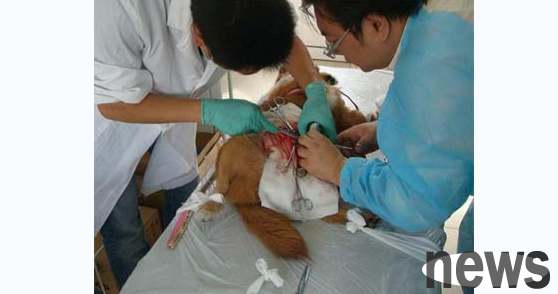Patient arterial catheter in dogs, also known as open arterial catheter. It is a pathological state in which the arterial catheter continues to be retained after the birth of a puppy's fetus. It is a common congenital cardiovascular disease in dogs.

1. The cause of patent catheterization of canine artery:
1. The cause is not very clear.
2. Some people used long-haired lion dog experiments to confirm that this disease is related to polygenic inheritance.
3. Some people believe that the atresia mechanism of the arterial duct is affected by prostaglandin synthetase inhibitor, hemodynamics, oxygen partial pressure in the blood and neuroendocrine factors, so the above-mentioned changes in the factors can also promote the occurrence of this disease.
2. Clinical symptoms of patent arterial catheter in canine:
1. Symptoms of sick dogs depend on the short-circuit blood volume of the arterial catheter and the level of pulmonary arterial pressure.
2. After birth, the pulmonary artery pressure is lower than the aortic pressure and the short-circuit blood volume is low, and the left heart insufficiency gradually occurs as the age increases.
3. When the pulmonary artery pressure increases, the baby dog has poor breast sucking ability, develops slowly, and has ascites and edema of the limbs. When blood flows from the pulmonary artery to the aorta, the hindquarters and mucosa are cyanotic.
4. When adult dogs have little short-circuit blood volume, there are no obvious symptoms. When short-circuit blood volume is high, they will show varying degrees of difficulty in breathing. Such as dyspnea in quiet times, dyspnea in the night, and sometimes repeated respiratory infections may occur.

3. Prevention and treatment measures for patent arterial catheter:
1. Before the occurrence of pulmonary hypertension in dogs. Perform surgical atresia.
2. When the dog's pulmonary artery pressure is higher than the aortic pressure and reverse blood flow occurs, the prognosis is poor.
Take tips: What is a poor prognosis?
Poor prognosis: refers to the critical condition, or there is no effective treatment method, the diseased animal may die or cannot be completely cured, affecting its production performance and economic value.
